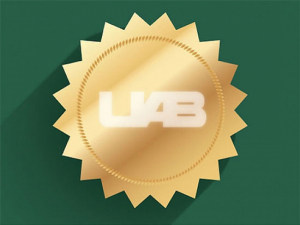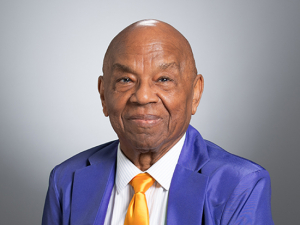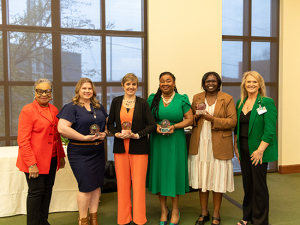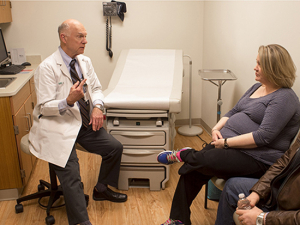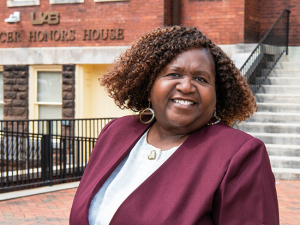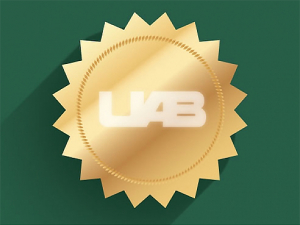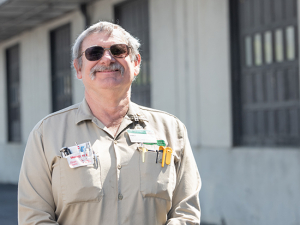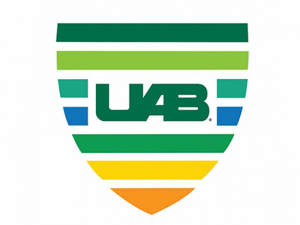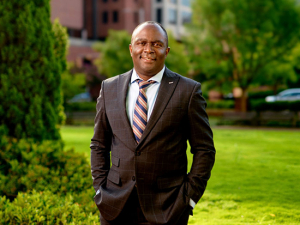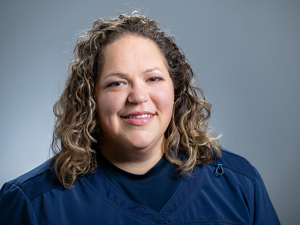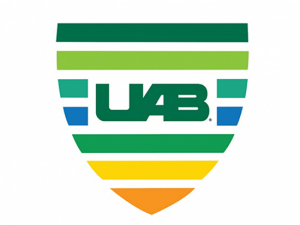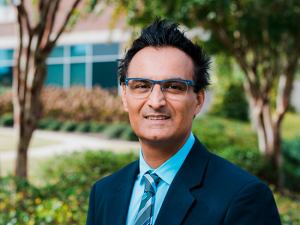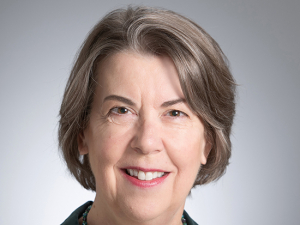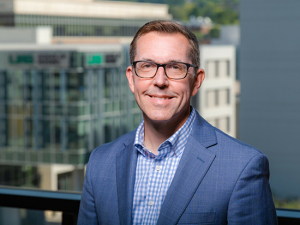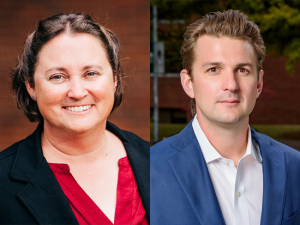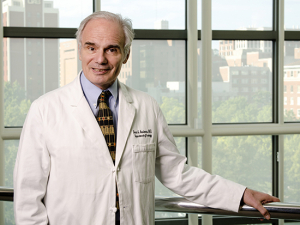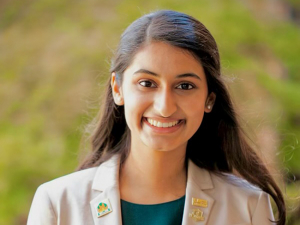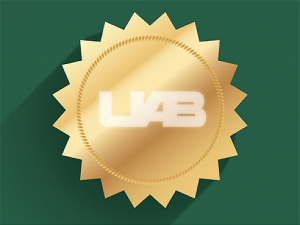The publish-or-perish admonition is true, says Sadis Matalon, Ph.D., the Alice McNeal Professor and vice chair for research in the School of Medicine.
“It is important to have great ideas, perform groundbreaking research and then communicate your results to the scientific community,” Matalon says. “Rigorous scientific review is important, and it ensures only the best work is being conducted in research labs at UAB and across the country.”
Matalon recently was named the next editor of the American Journal of Physiology – Lung, Cellular and Molecular Physiology, an appointment he is excited to undertake because it may enable him to have a meaningful effect on the field and the young scientists who are the future of lung research.
“I am passionate about pulmonary research,” Matalon says. “I want to do it because I’m committed to the advancement of pulmonary research, and in some ways we always emulate our mentors. My mentor was an editor, and I’ve also wanted to be an editor since I was a young researcher.”
Matalon’s mentor is Leon Farhi, who was at the forefront of pulmonary research for more than three decades. Farhi was widely recognized for his seminal studies on pulmonary gas exchange and for his significant leadership within the American Physiological Society. Matalon remembers having long discussions with Farhi about the importance of being an editor and the effect it can have.
“It’s a big responsibility; by choosing the best of the articles and improving articles by careful reviews, you have a huge impact — a positive impact, I hope — on the careers of young people and on the future of pulmonary research,” Matalon says.
Farhi also learned the importance of editorships from his mentor, Hermann Rahn, a pioneer in the field from the 1940s through the 1970s. “The two of them, through their work, started the field of pulmonary physiology that we see now,” Matalon says.
Matalon met Rahn through his relationship with Farhi. In fact, Matalon has a framed and personally autographed diagram hanging on his wall that Rahn drew using Indian ink in 1942. The diagram, known as the pressure volume diagram of the lung and chest wall, shows how easy it is to distend the lung.
“This diagram is used extensively in evaluating the progress of a number of pulmonary diseases, like pulmonary fibrosis, where your lungs become very stiff and are very difficult to expand,” Matalon says. “When I teach medical students, I still use the same diagram. If you pick up any book of pulmonary physiology you will see that diagram.”
Reaching out
As a young researcher in the mid 1970s, Matalon was eager to learn more and from the best in his field. He took a bold step to make sure that happened.
Matalon was working at the Children’s Hospital of Chicago when he sat down one day and wrote a letter to Fahri, whom he had never met. In the letter he asked one question: Is there any chance I can come work with you? Fahri called him a week later and told him to pack his bags for the State University of New York at Buffalo.
“They were extremely famous people,” Matalon says of his mentors. “I knew them from reading their papers and submitting papers to them and getting rejection letters. It was very difficult for me to approach them and ask if I could come work with them. I expected them to say, ‘Go away. Do not bother us.’ I must have caught them in a weak moment, because they agreed. That’s how it started.”
Matalon stayed in Buffalo for the next 10 years. “It was a very good move, and I learned a lot,” he says. “I was surrounded by highly intelligent people. I remember the first time I gave a seminar in the department. I couldn’t sleep for three days. It was very, very challenging.”
But it was what the young scientist sought. He wanted to be challenged — to learn more about his field. And he wanted to learn from the best. As a result, Matalon has become a preeminent researcher in his own right, and he has held many key positions at UAB during his 24-year career at UAB, including associate provost for research, interim vice president for research and the first dean for post-doctoral education.
Matalon has been continuously funded by the National Institutes of Health since 1974 and has a number of research projects under way. One project is developing countermeasures against toxic gases, in particular chlorine.
Matalon’s six-year term as AJP – Lung editor begins Jan.1, 2012. He is replacing Michael Matthay whose term ends this year. “Dr. Matthay is a leader in the fields of pulmonary physiology and translational medicine,” Matalon says. “I have been associated with Dr. Matthay for more than 30 years, and I am honored and humbled to succeed him. He has done a tremendous job with the journal.”
Matalon hopes to continue Matthay’s excellent work and to build upon the growth that AJP – Lung has experienced, including finding ways to increase its impact factor, or the number of times articles in the journal are cited.
His plan is to reach out to young investigators and encourage them to send their best work for publication consideration. Matalon and his associate editors will be aggressive in this endeavor, he says. One of the ways they will do this is by attending a large number of scientific meetings and talking with presenters one-on-one.
“During these meetings there are presentations and posters and we plan to engage young people presenting their work, ask probing questions that will help with their research, and give them a business card saying we would love to see their work being sent to our journal,” Matalon says. “It doesn’t mean it will be accepted, but it’s a positive way to put one foot forward.”
Of course, the opportunity to travel means Matalon also has more chances to promote UAB — an endeavor he says he has enjoyed immensely in his 24 years on the faculty. He says a major reason he has an opportunity to serve as editor of AJP – Lung is because of the support he has received through the years.
“In my travels, I try to act as the best ambassador for UAB,” Matalon says. “It’s a great place to work. What is amazing about this university is that people love to collaborate and help each other. That’s not something you find at a lot of universities. Achievements like becoming the editor should not be taken in a vacuum. No matter how good I am, it would not have happened if I did not have the great support of the community, the administration and my chairman. I have a wonderful lab and two great assistants. It is silly for me to think I would be able to do this by myself. This is truly a team effort and reflects well on our community.”


